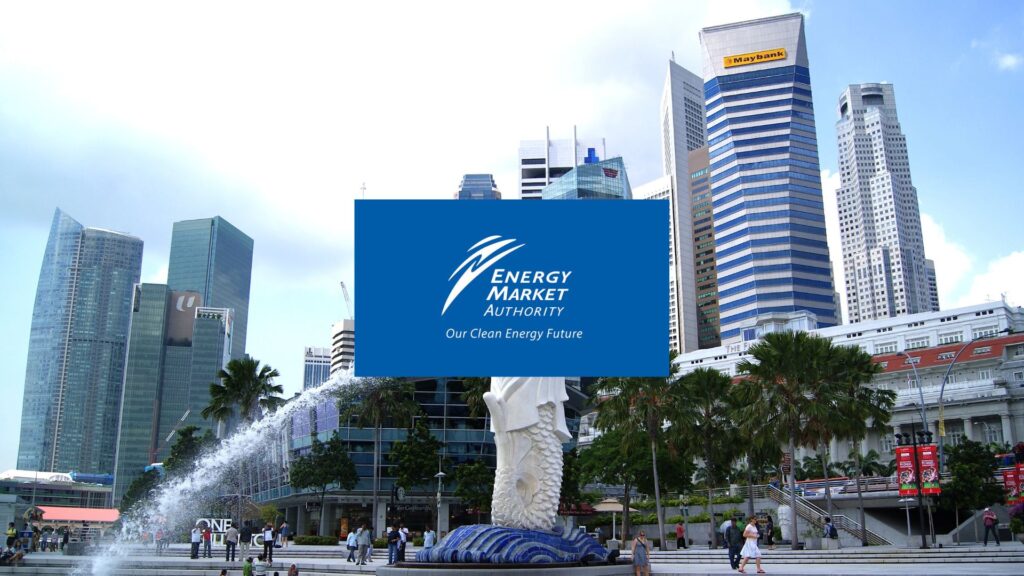EMA Enhances Energy Management System to Boost Singapore’s Grid Resilience and Sustainability

The Energy Market Authority (EMA) has commissioned an enhanced Energy Management System (EMS II) with advanced tools and capabilities to better monitor and control Singapore’s electricity transmission network and generating plants, as well as monitor the natural gas transmission network.
EMS II has incorporated additional capabilities such as a solar photovoltaic (PV) forecasting model, optimised situational awareness, and enhanced automatic power generation control capabilities, to further improve power grid resiliency and reliability. EMS II will play a crucial role as Singapore harnesses more low-carbon energy sources to achieve net-zero carbon emissions by 2050.
The energy management system is a real-time mission-critical operational technology system that detects any abnormal condition or malfunction of equipment in the power and gas systems. It transmits the information to the Power System Control Centre, the nerve centre of Singapore’s power system. Power system operators are responsible for real-time, round-the-clock monitoring and control of the power system. Operators analyse system data and take action when necessary, to ensure 24/7 safe and reliable supply of electricity and gas. Key features of the EMS II can be found in Annex A.
Electricity demand is expected to grow over the medium to long term as industries seek to reduce carbon emissions, while electricity-intensive sectors such as advanced manufacturing and the digital economy expand. With system peak demand forecasted to increase at a compound annual growth rate of up to ~5% over the next five years, Singapore will need to tap on new energy sources such as solar and electricity imports from the region to meet our future electricity demand. EMS II will allow EMA to manage new energy sources connected to the electricity power grid more effectively.
One such enhancement is the integration of a Solar Photovoltaic (PV) Forecasting Model that utilises data from real-time, island-wide solar irradiance sensors and satellite images as well as a machine learning algorithm. This allows EMA to better forecast solar PV output and take pre-emptive actions to manage solar intermittency, which could result in imbalances between electricity demand and supply in the power system. Solar PV output forecasts are also provided to the Energy Market Company, Singapore’s wholesale electricity market operator, to generate dispatch schedules for each half-hourly dispatch period, including procuring additional reserves or energy.
In addition, EMS II has Automatic Generation Control capabilities that can send signals to charge and discharge Energy Storage Systems (ESS) – which are large batteries that can store solar energy – in response to power fluctuations in the electricity grid. Prior to the enhancements, the previous EMS could only control and monitor conventional generators. The new capabilities allow EMA to promptly manage changes in demand and supply, a crucial enhancement in ensuring a reliable and stable electricity supply as Singapore scales up solar PV deployment.
Mr Ngiam Shih Chun, Chief Executive of EMA, said: “As Singapore transforms our energy sector, more renewable energy sources such as solar and electricity imports will be connected to our electricity grid. It is thus critical to enhance our control systems to better manage and ensure the electricity grid’s continued stability. EMS II is designed to bolster EMA’s operations and future-proof our grid infrastructure. This helps pave the way to meeting Singapore’s net-zero goals and securing a clean energy future.
EMS II is also equipped with Intelligent Alarm Processing (IAP), which bolsters the power system operators’ situational awareness in the event of any power disruption. This new function synthesises alarms received from the power plants and transmission substations in times of emergencies. The IAP would thus help EMA respond to these alarms more effectively by reducing the risk of information overload on the operators in the control room, enabling quicker decision-making and response to issues, minimising downtime, and enhancing overall system reliability.
Related Article: Singapore Releases National Risk Assessment on Money Laundering Linked to Environmental Crimes
EMS II also incorporates advanced cybersecurity features that protect the system against malicious cyber threats. For example, the EMS now includes an endpoint detection and response tool which monitors and collects data from computers and other devices within the network to mitigate malicious cyber threats.
These improvements significantly enhance EMA’s capabilities in safeguarding Singapore’s energy system and ensuring its reliability.












